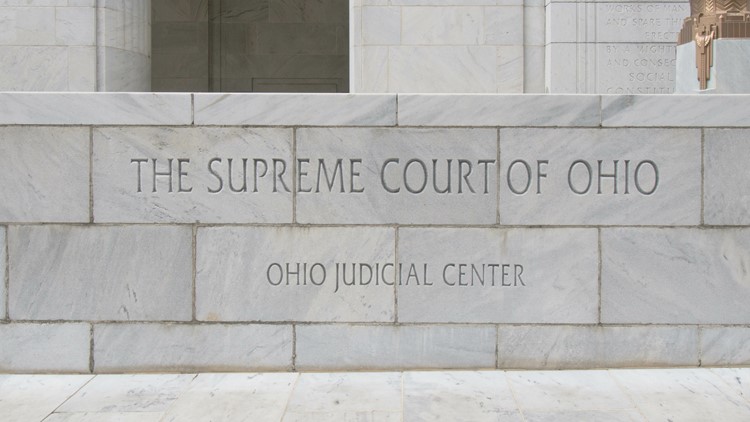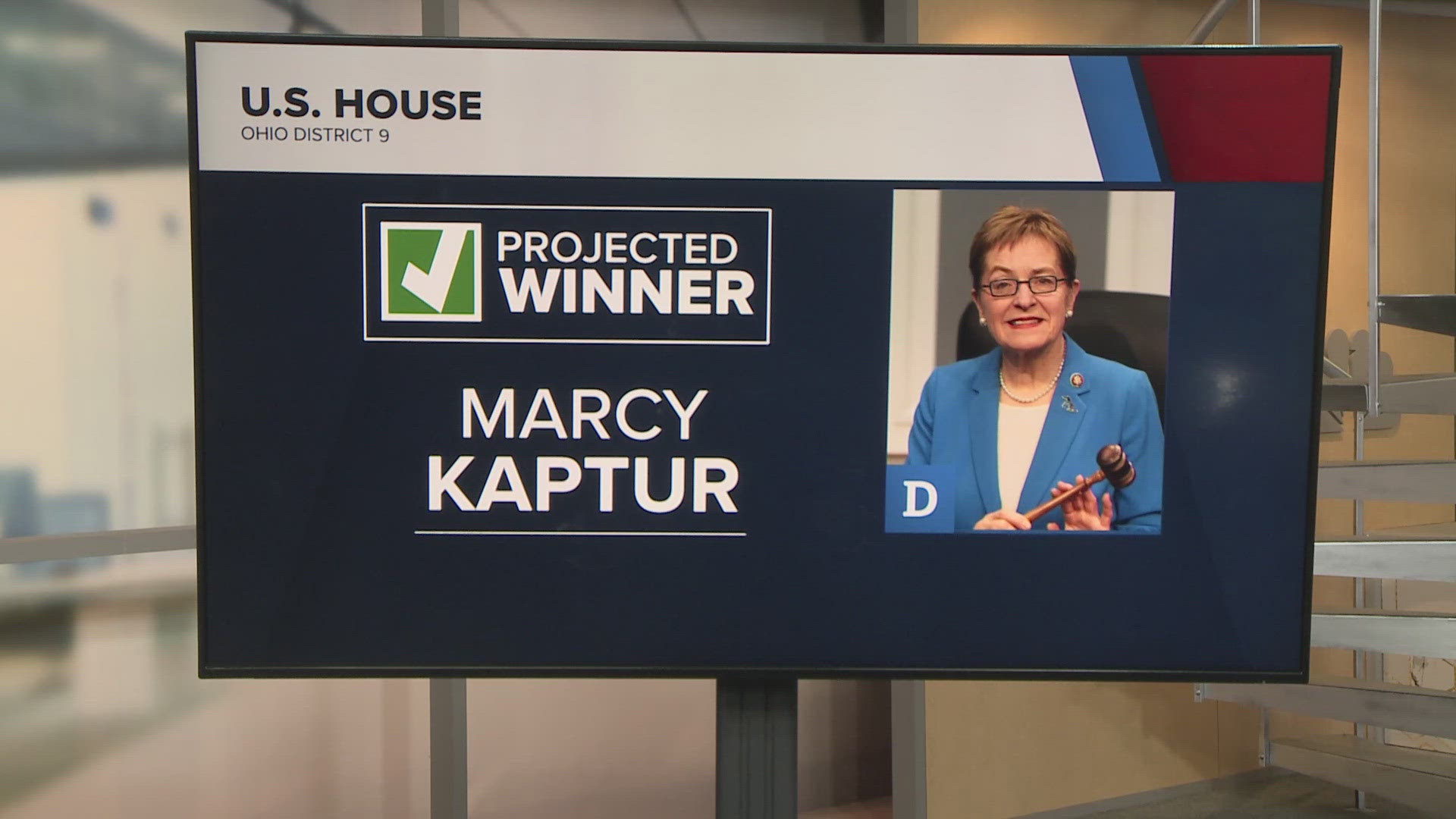Three Ohio Supreme Court seats will be up for grabs during the November election. The outcomes will decide the balance of the court and have major impacts on a wide variety of issues that affect the lives of Ohioans, from education and environmental issues to gerrymandering and elections to civil and reproductive rights.
Partisan labels were added to the previously-nonpartisan races by the state legislature in 2021.
This year, incumbent Democratic Justice Michael P. Donnelly is being challenged by Republican Hamilton County Court of Common Pleas Judge Megan Shanahan.
Incumbent Democrat Justice Melody Stewart is being challenged by incumbent Republican Justice Joseph Deters, who opted not to run for his current seat and decided to go up against Stewart.
Vying for Deters' open seat is Democratic candidate Lisa Forbes, of the Eighth District Court of Appeals, and Republican candidate Dan Hawkins, of the Franklin County Court of Common Pleas.
Deters decided to run for a full-term seat by challenging Stewart, rather than a partial term for the seat Ohio Gov. Mike DeWine appointed him to on Jan. 7, 2023. Because of this, whichever candidate wins Deters' current seat will have to run again in 2026 for a full six-year term.
Ohio’s highest court currently has a 4-3 Republican majority. If all three Republicans are elected, the Republicans would hold all but one seat on the bench, for a 6-1 majority. On the flip side, if all three Democrats win their elections, the Democrats would hold a 4-3 majority. The Ohio Supreme Court has been under Republican control since 1986.
Democratic Justice Jennifer Brunner's seat will be up in 2026. Republican Chief Justice Sharon Kennedy, Republican Justice Pat DeWine and Republican Justice Pat Fischer's seats will be up in 2028.
The Ohio Supreme Court could make decisions on a plethora of critical issues: reproductive rights, gerrymandering, school vouchers, home rule, and environmental issues, among others.
"If there's a law around it, it could end up in the Supreme Court and have a real, tangible impact on each of our lives," said Elisabeth Warner, spokesperson for the League of Women Voters of Ohio.
Even though 57% of Ohio voters approved an amendment last year to enshrine reproductive rights in the state's constitution, the court will inevitably rule on abortion access.
"There are still a lot of anti-abortion laws on the books, so that's something that the Supreme Court is going to be ruling on," Warner said.
Ohio's anti-abortion laws were not automatically nullified when last year's amendment passed, so abortion advocates are working to undo those laws.
Franklin County Court of Common Pleas recently issued a temporary pause on Ohio's 24-hour waiting period and the minimum two in-person visits required before an abortion.
Another lawsuit is currently pending in Hamilton County Court of Common Pleas over whether Ohio's six-week abortion ban is unconstitutional after voters passed last year's amendment.
The Ohio Supreme Court has made many rulings on redistricting before and it will likely come before the court again — especially with the amendment on this year's ballot to create a citizen commission to redraw districts.
A lawsuit against school vouchers is making its way through the court system and will likely go before the state’s high court.
Even boneless chicken wings wound up in front of Ohio's seven justices. The court recently made national headlines with their 4-3 ruling that boneless chicken wings can have bones in them — appearing in a bit on "The Late Show with Stephen Colbert."
Turcer and Warner both criticized the 2021 law that requires party affiliation listed on the ballot for Ohio Supreme Court candidates. More than 1 million Ohio voters left the two Supreme Court races blank during the 2020 election.
"We shouldn't actually be thinking Democrats and Republicans because at the end of the day, what you want is a referee who’s independent and impartial," Turcer said.
Read more from the Ohio Capital Journal.



